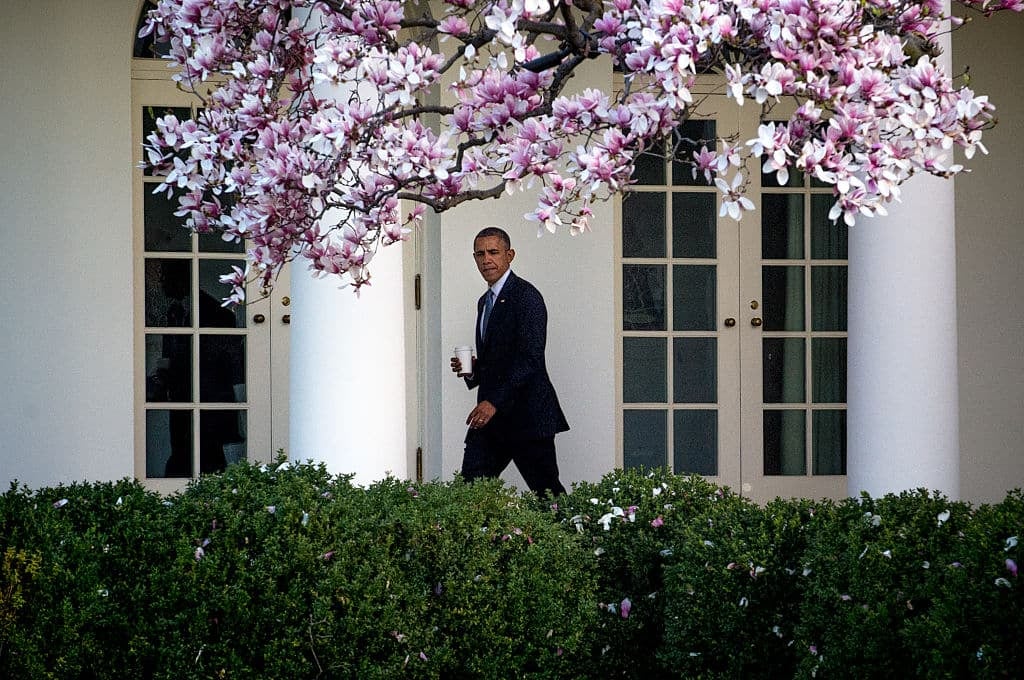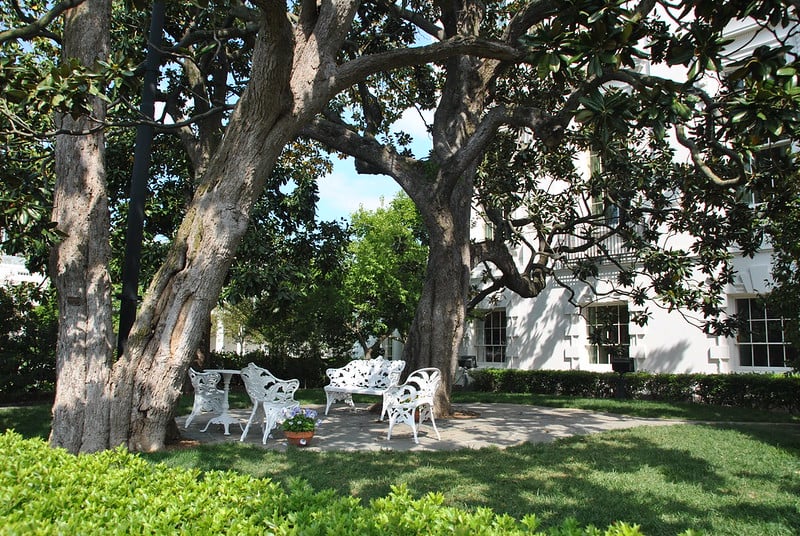Historic Magnolia Tree at the White House to Be Removed After 200 Years
The White House has long been more than just a building — it’s a powerful symbol of American history and resilience. But now, a piece of its history, which has stood for over two centuries, is about to be removed.
A Historic Landmark
When the White House was completed in 1800, it was not the grand structure it is today. Initially seen as a plain, boxy building, it sat alone on barren land, with no hint of its future significance. Over time, however, the White House became an emblem of American strength, democracy, and global influence.
But now, a significant part of that history is set to disappear.
The Southern Magnolia Tree
A Southern magnolia tree, believed to have been planted by President Andrew Jackson in the early 1800s, is scheduled for removal at the request of President Trump. Jackson, the 7th President of the United States, is said to have planted this tree using seeds from his Tennessee home, The Hermitage, as a tribute to his late wife, Rachel.
The tree has stood for nearly two centuries, witnessing countless historical moments, but its condition has deteriorated over the years. According to Trump, the tree has become a safety hazard, especially due to its location at the White House entrance.
In a statement on his social media platform, Truth Social, Trump explained the decision, writing:
“Working together with a fantastic and very talented Executive Residence Staff, along with the wonderful people at the National Park Service, we are making tremendous enhancements to the White House, thereby preserving and protecting history!”
He continued, describing the tree as “in terrible condition” and a “dangerous safety hazard,” adding that the process of removing it would begin soon. The tree will be replaced with a new one, though the historic wood will be preserved for future use.
A Tribute to Rachel Jackson
The Southern magnolia trees were a tribute to Rachel Jackson, who passed away just months before her husband took office. While photographs from the 1860s show magnolias near the South Portico, it wasn’t until 2006 that the National Park Service officially recognized them as “Witness Trees,” acknowledging their historical and cultural importance.
Despite the tree’s age and significance, the United States Department of Agriculture notes that Southern magnolias typically live for 80 to 120 years. The White House magnolia has defied these odds, surviving for nearly 200 years.
Public Reaction
The announcement of the tree’s removal has sparked debate, especially among environmentalists. Critics of the decision have expressed their discontent online, with some arguing that the tree is more important than the current president. One user suggested taking cuttings of the tree to propagate new ones, while another commented on the tree’s potential future uses, hoping the wood would be repurposed for something special.

A tree expert on social media remarked that magnolias have soft wood that becomes brittle over time, making it unsafe to stay near the tree. Another user suggested planting a different type of tree, such as an oak, as a more fitting replacement.
A Turning Point in White House History
The removal of this historic tree marks a significant moment in the ongoing evolution of the White House grounds. While the decision has stirred up strong reactions, it also serves as a reminder of how time continues to reshape the landmarks that define America’s history.
This piece of White House history, though soon to be removed, will live on in the memories of many, symbolizing both the passing of time and the enduring legacy of the people and events that have shaped the nation.

